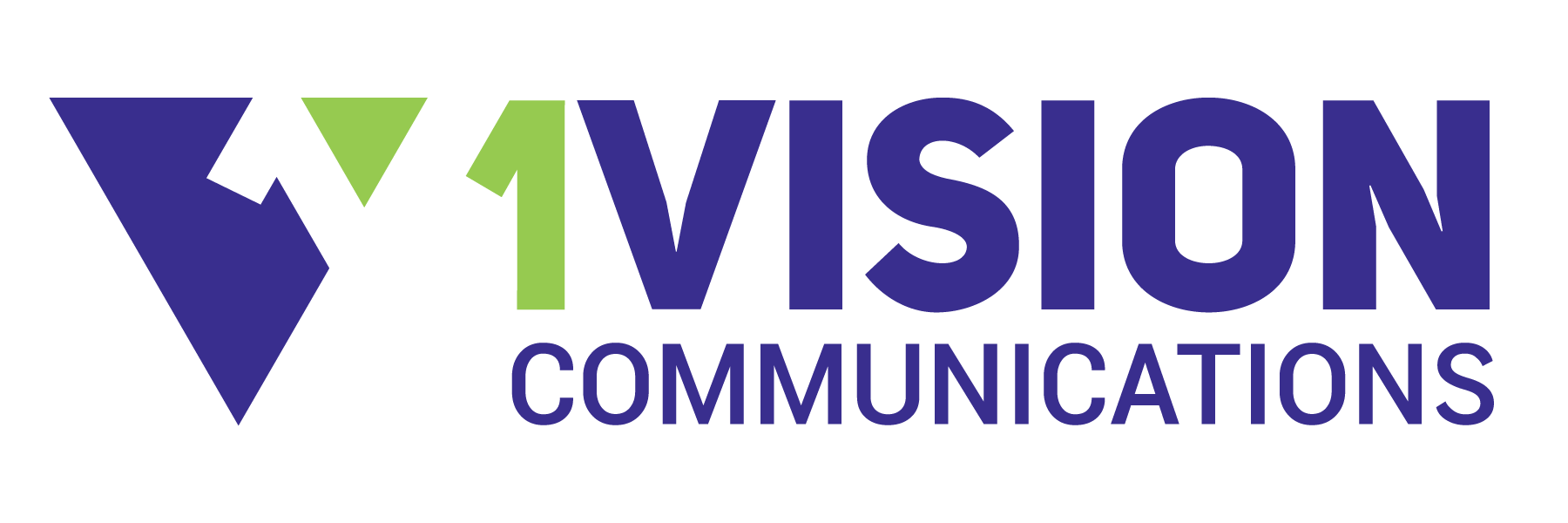A Brand Style Guide Increases Revenue
If we spend any time talking business, chances are excellent I will mention one of these four words... “integration,” “consistency,” “cohesion,” or “brand.” They are just part of my fabric. I believe strongly that companies that communicate well – communicate consistently.
To achieve that consistency, most organizations create a style guide as ‘rules to live by’ separated into two major areas:
- In text like writing style and tone, punctuation, fonts, and type,
- and in graphics like the use of colors, images, or logos. It is all meant to help people communicate AS the brand and ABOUT the brand. (Hint: I will talk about those two in more detail in another post.)
Most business people agree with me up to this point, but their eyes glaze over when I say that every company should have and abide by their own style guide. They seem dismissive about the impact that it has; they treat it much like ‘soft-science’ or ‘another one of those wacky marketing ideas.’ Well, here is evidence from a 2016 study that brand consistency can increase revenue by over 20 percent. What would you do for a 20% revenue growth next year and every year?
If you need some assistance crafting your own, let us know.



WE CAN HELP
SUBSCRIBE TO NEWS
Thank you for subscribing! More is in your future.
Please try again later.
All Rights Reserved | 1Vision Communications


